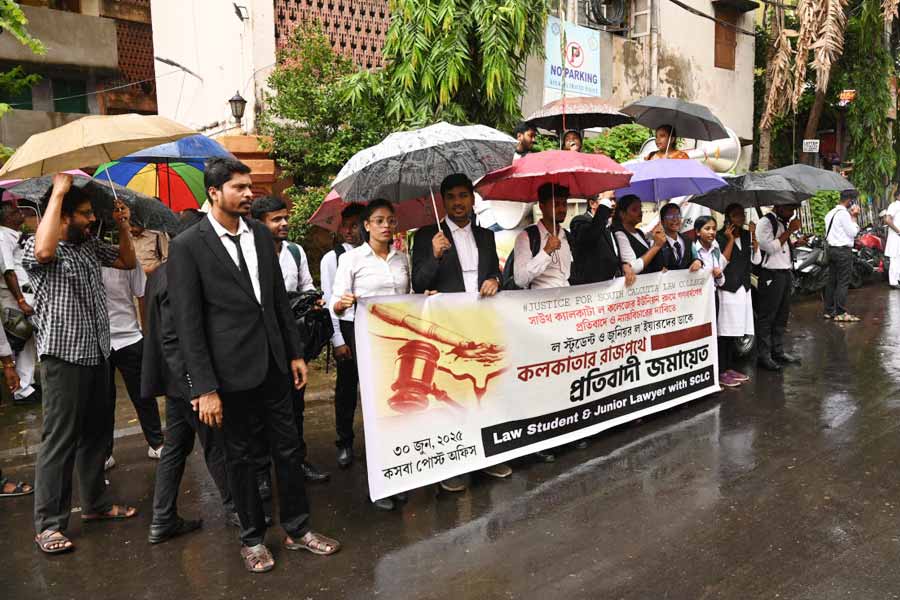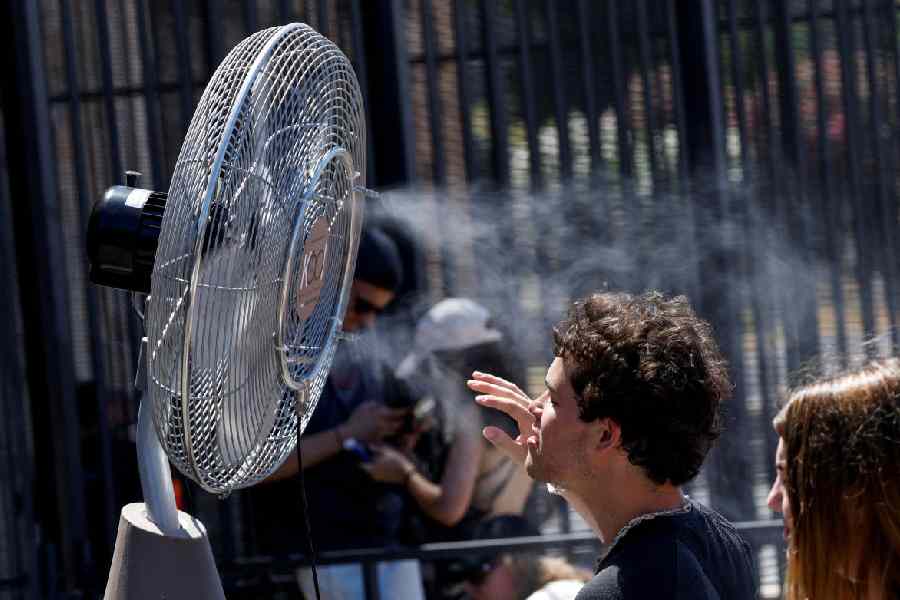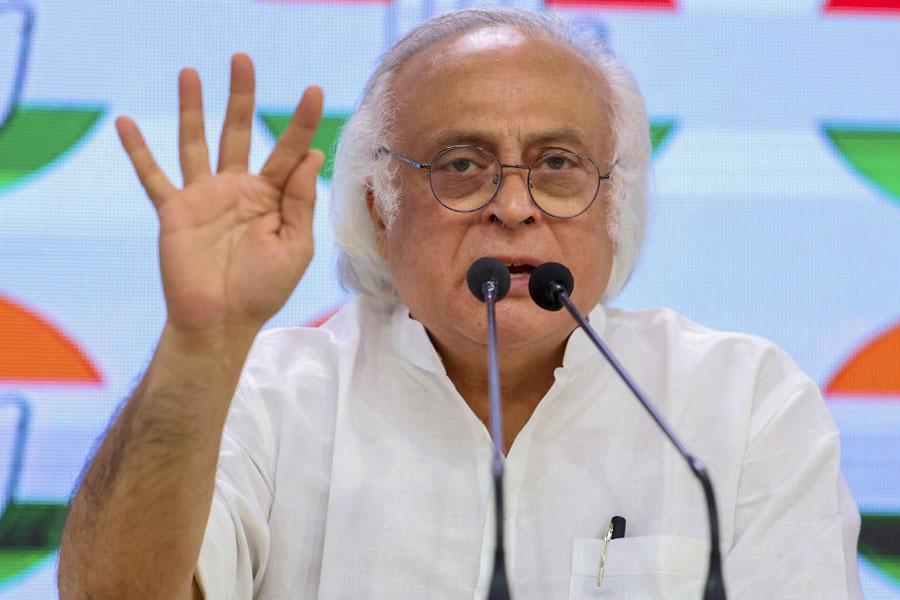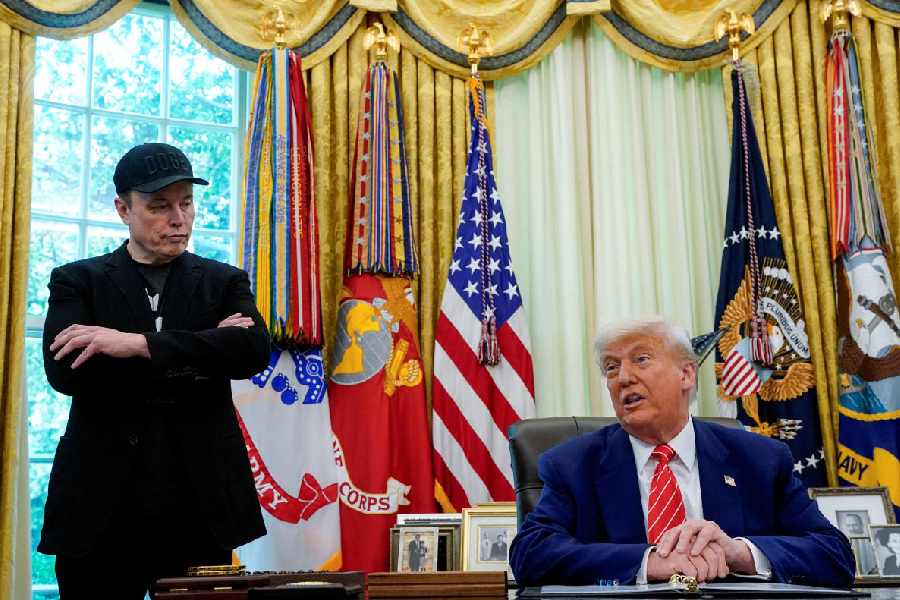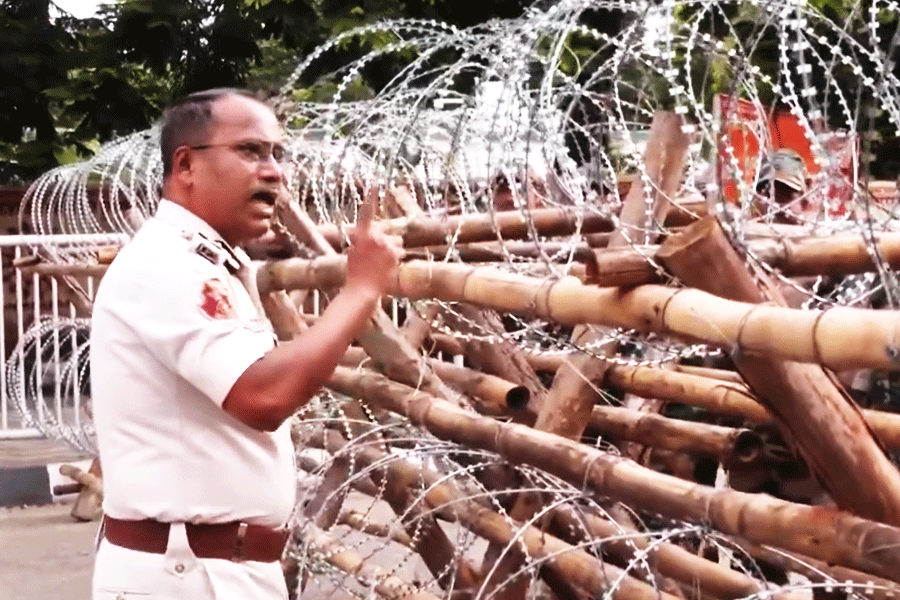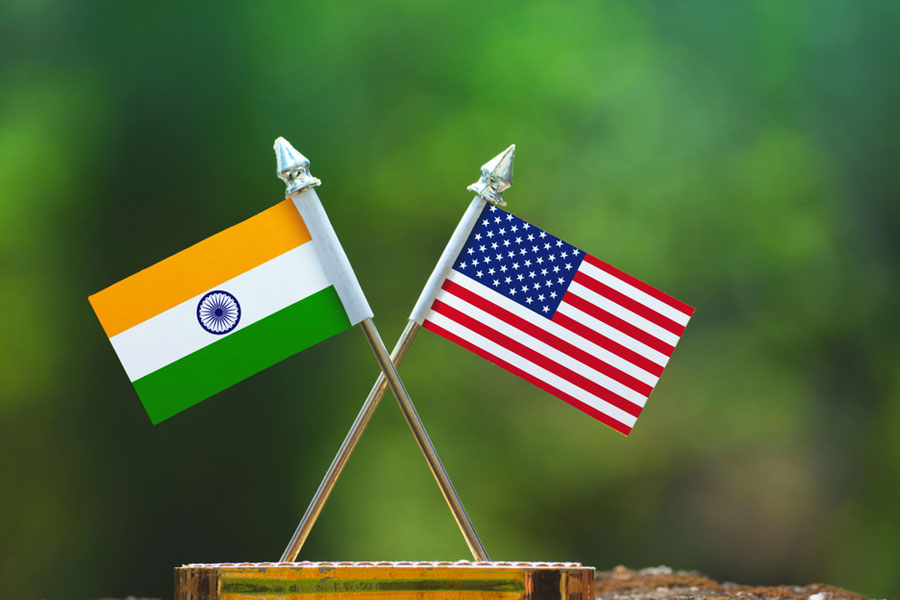|
|
| New destiny |
With the ascent of Ugyen Wangchuck as the first hereditary king of Bhutan, the land of the hidden treasure finally began to yield its most precious jewels. The Shabdrung era had succeeded in uniting Bhutan culturally, but it failed to bring about political harmony. To make matters worse, the lurking presence of the British on the southern borders created further political instability. The Wangchuck dynasty faced ethnic violence, terrorism and political conflicts. Yet, as Bhutan gradually emerged from its self-imposed isolation and began to modernize, its political institutions started to evolve without disturbing its traditional culture.
On May 8, 2008, the first democratically elected parliament of Bhutan was brought to session. The 47 members of the national assembly and the 25 members of the national council gathered before the king, Jigme Khesar Namgyel Wangchuck, to celebrate Bhutan’s transition from a monarchy to a parliamentary form of government.
Bhutan — in the middle of its tenth five-year plan — is moving towards planned economic growth through industrialization, ushering in foreign investment from neighbouring countries and focusing on private sector development. Planned development has brought about significant structural changes in the economy. The economic development policy encompasses major reforms, such as the restructuring of the macro-economic base that includes hydropower, service industry, organic farming and IT-enabled knowledge society. The specific areas include finance, foreign direct investment, trade, industry, agriculture, transport, education, health, tourism and the public sector. The economic development programme further reinforces an appropriate policy framework to allow public-private partnership in infrastructure projects. The framework will provide adequate security to private sector investment and, at the same time, ensure that checks and balances are maintained through transparency, competition and regulation.
What is most striking about Bhutan is that it seeks to balance the need for economic progress with inter-generational equity and sustainable development. This alternative model places human happiness and holistic well-being at the centre of development.
India’s relations with Bhutan pervades political, social, economic and cultural spheres. According to the prime minister of Bhutan, Jigme Y. Thinley, “... this relationship has blossomed into a model of inter-state relations between two neighbouring countries.... The partnership in the hydropower sector, in particular, is changing the nature of our bilateral cooperation from a purely donor-recipient relationship to one of collaboration for mutual benefit.” In addition to mega hydel projects such as Chhukha, Kurichhu and Tala — all financed by India — three more hydro-power projects have already been commissioned with Indian assistance.
Bhutan is an ideal example of the interplay between realism and idealism on the edifice of globalization. Most globalized nation states complain that political realism compelled them to give up on their ideology. In Bhutan’s case, political realism is never synonymous with power politics, but with national interests.
Idealism in Bhutan refers to a tradition that prioritizes ethics, morality, aesthetics and values. Hence Bhutan’s model of political realism implies national interest and security, together with ideology, moral concerns, social reconstruction and trust for long-term cooperation and alliances.



